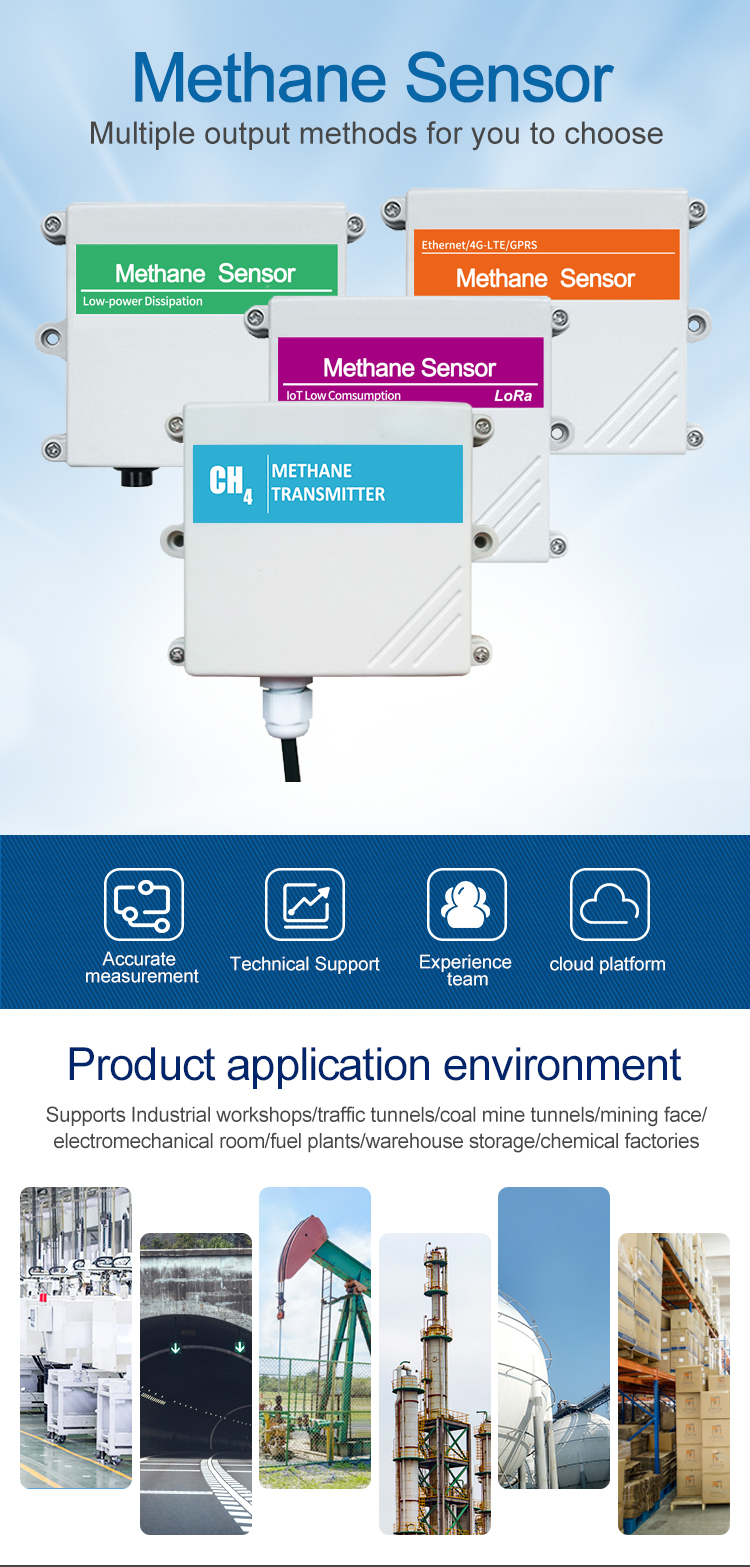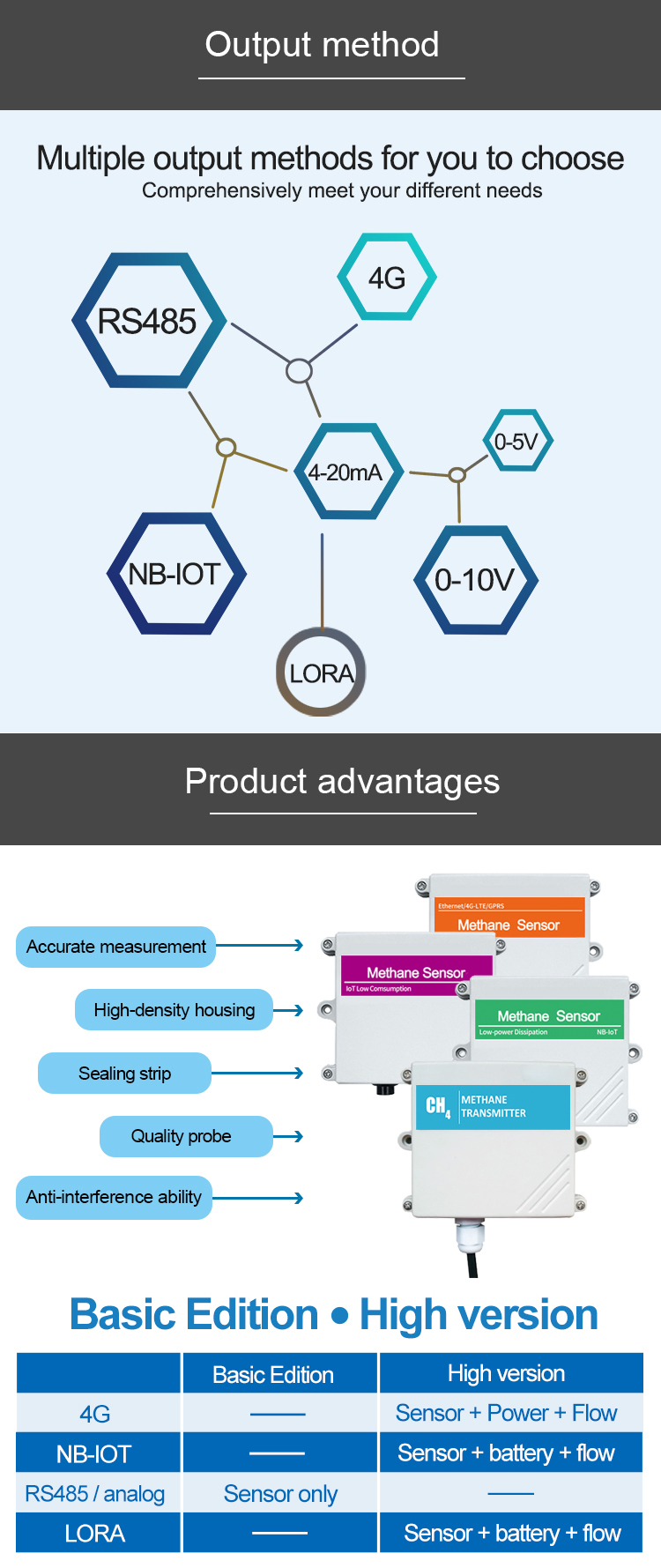Gas detection is a critical component of safety in many industries, from mining and oil drilling to chemical manufacturing and firefighting. The ability to detect and monitor hazardous gases enables workers to avoid potentially life-threatening situations and take action quickly to prevent accidents. With advanced sensor systems, gas detection has become more efficient, accurate, and reliable than ever before.
Advanced sensor systems use sophisticated technologies to detect and measure different types of gases, from toxic pollutants like carbon monoxide and hydrogen sulfide to flammable gases like methane and propane. These systems can be used in various settings, including industrial environments, laboratories, and homes.
One of the most significant advantages of advanced sensor systems in gas detection is the ability to detect even trace amounts of dangerous gases. Sensors can identify changes in air quality within seconds, alerting workers to potential hazards before it becomes too late. Additionally, advancements in sensor technology have made these systems easier to use, portable, and more cost-effective, allowing for widespread adoption across different industries.
In the case of mining, advanced sensor systems are essential for detecting potentially deadly gases such as methane and carbon monoxide. Mines require continuous monitoring to ensure the safety of miners, and advanced sensor systems enable operators to monitor air quality in real-time and alert workers to any dangerous levels of gas.
Another industry where advanced sensor systems are critical is in chemical manufacturing. Chemical plants produce various gases that may pose risks to workers and the environment. Advanced sensor systems can help identify leaks in pipelines, detect elevated levels of hazardous gases, and allow for prompt action to be taken to prevent accidents.
In the firefighting industry, advanced sensor systems play a crucial role in detecting the presence of gases like carbon monoxide, which can cause unconsciousness and death. Modern sensors can be equipped with alarms and lights to alert firefighters to the presence of dangerous gases and enable them to respond quickly to potential threats.
In the future, advanced sensor systems are expected to become even more advanced and powerful. Advancements in nanotechnology, machine learning, and the Internet of Things (IoT) are driving innovation in gas detection systems. Nanosensors can detect even smaller quantities of gases, while machine learning algorithms can analyze vast amounts of data collected by sensors, providing insights into gas emissions and their effects on human health and the environment.
Moreover, IoT-enabled sensor systems can be integrated with other devices, such as drones and robots, to create a comprehensive and efficient system for gas detection and monitoring. For example, drones equipped with advanced sensors can fly over areas of concern, monitor gas emissions, and transmit real-time data back to operators. Therefore, the future is bright for advanced sensor systems in gas detection, with continued development expected to improve safety and reduce the risks of accidents in many industries.
In conclusion, advanced sensor systems are essential for detecting and monitoring hazardous gases in various industries. These systems provide real-time data on gas emissions, enabling workers to take prompt action to prevent accidents and ensure safety. With continued innovation, advanced sensor systems will become even more efficient and powerful, making them ideal for use in different settings and industries. The ongoing development of these systems will undoubtedly play an essential role in ensuring a safer, healthier, and more sustainable future for all.
 : +86 155 8830 2704
: +86 155 8830 2704 : jxdziot@gmail.com
: jxdziot@gmail.com
